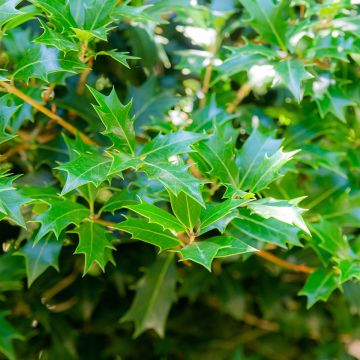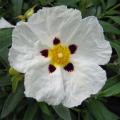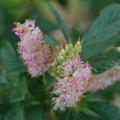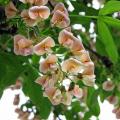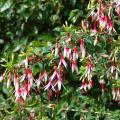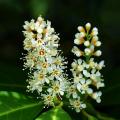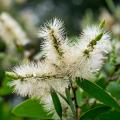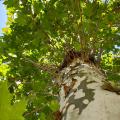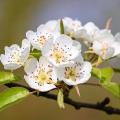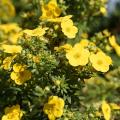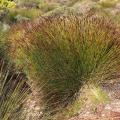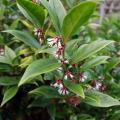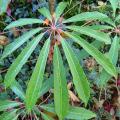Osmanthus
Would this plant suit my garden? Set up your Plantfit profile →
Available in 2 sizes
Available in 4 sizes
Available in 1 sizes
Available in 1 sizes
Available in 2 sizes
Available in 1 sizes
Available in 1 sizes
Available in 1 sizes
Available in 1 sizes
Available in 1 sizes
Available in 2 sizes
Available in 1 sizes
Available in 1 sizes
The Osmanthus genus comprises about fifteen species of evergreen bushes or small trees from the olive family, appreciated for their jasmine-scented flowering and the elegance of their foliage, which offers a variable appearance and colouration depending on the cultivars. Some bloom in spring, like Burkwood's Osmanthus (Osmanthus x burkwoodii) or Delavay's Osmanthus (O.delavayi), while others bloom in summer or autumn, like the Fragrant Olive (Osmanthus fragrans), which also has the evocative name of Sweet Olive. Osmanthus are more or less hardy depending on the variety, and is not difficult to grow; it adapts to a wide range of soils and exposures and proves to be less susceptible to diseases and pests. It can be used in a mass of bushes, trimmed or untrimmed hedges, flowering or defensive when it has spiky foliage like Holly Osmanthus (Osmathus heterophyllus), isolated, or even in a large container, where it will perfectly play its role as a windbreak or a privacy screen on a terrace or balcony, for example. Place it near a passageway to fully enjoy its fragrance. Being perfectly tolerant of pruning, it lends itself well to topiary art and forms magnificent evergreen hedges.
Haven't found what you were looking for?












































